Wichtige Dokumente
729078
3,4-Ethylenedithiothiophene
Synonym(e):
3,4-Ethylenedithiothiophene, 2,3-Dihydrothieno[3,4-b][1,4]dithiine, 3,4-Ethylenedisulfanylthiophene, EDTT
About This Item
Empfohlene Produkte
Form
liquid
Brechungsindex
n20/D 1.685
Dichte
1.374 g/mL at 25 °C
Lagertemp.
2-8°C
SMILES String
C1CSc2cscc2S1
InChI
1S/C6H6S3/c1-2-9-6-4-7-3-5(6)8-1/h3-4H,1-2H2
InChIKey
HPGNGICCHXRMIP-UHFFFAOYSA-N
Allgemeine Beschreibung
Anwendung
Hier finden Sie alle aktuellen Versionen:
Analysenzertifikate (COA)
Die passende Version wird nicht angezeigt?
Wenn Sie eine bestimmte Version benötigen, können Sie anhand der Lot- oder Chargennummer nach einem spezifischen Zertifikat suchen.
Besitzen Sie dieses Produkt bereits?
In der Dokumentenbibliothek finden Sie die Dokumentation zu den Produkten, die Sie kürzlich erworben haben.
Unser Team von Wissenschaftlern verfügt über Erfahrung in allen Forschungsbereichen einschließlich Life Science, Materialwissenschaften, chemischer Synthese, Chromatographie, Analytik und vielen mehr..
Setzen Sie sich mit dem technischen Dienst in Verbindung.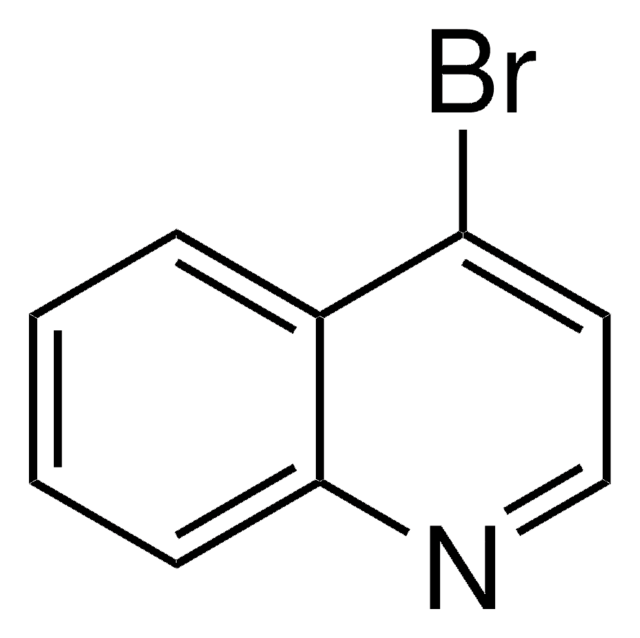

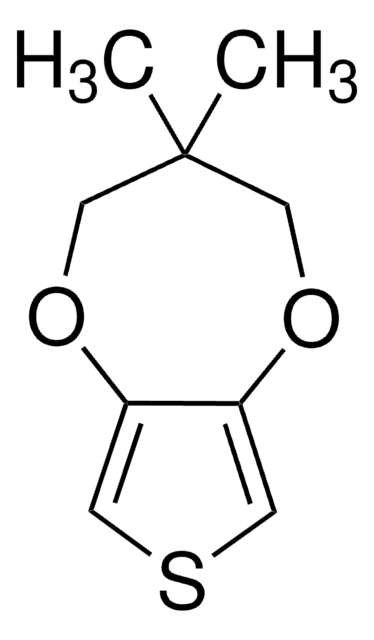
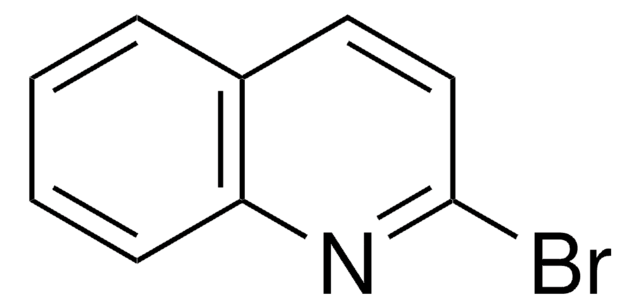

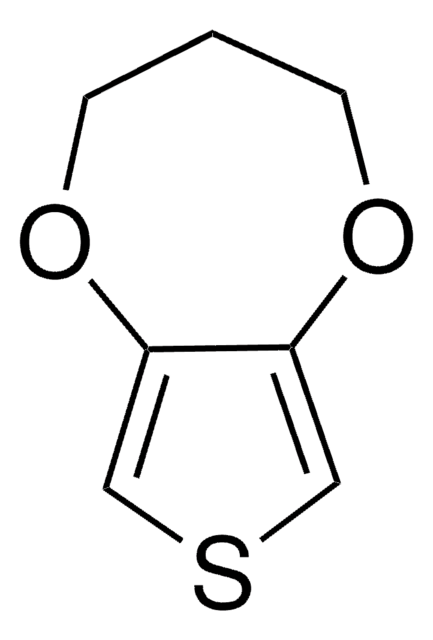
![2,3-Dihydrothieno[3,4-b]-1,4-dioxin 97%](/deepweb/assets/sigmaaldrich/product/structures/268/912/cdf638a8-0f41-4525-838f-0b60770b1999/640/cdf638a8-0f41-4525-838f-0b60770b1999.png)
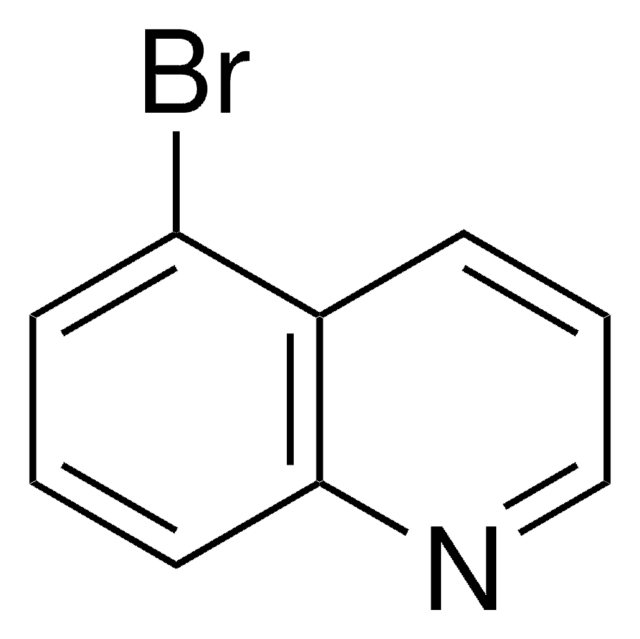
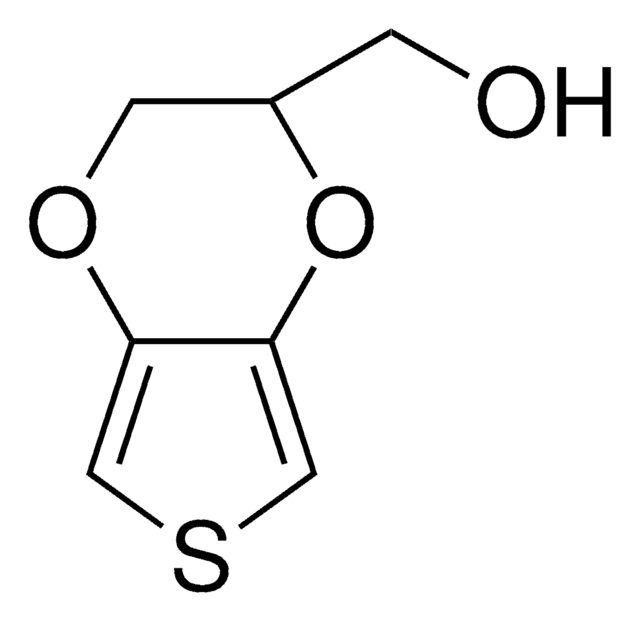
![[Pd(OAc)2]3 reagent grade, 98%](/deepweb/assets/sigmaaldrich/product/structures/508/249/99a0ef2c-b77c-4d73-8ed9-0cca05b6b41f/640/99a0ef2c-b77c-4d73-8ed9-0cca05b6b41f.png)
